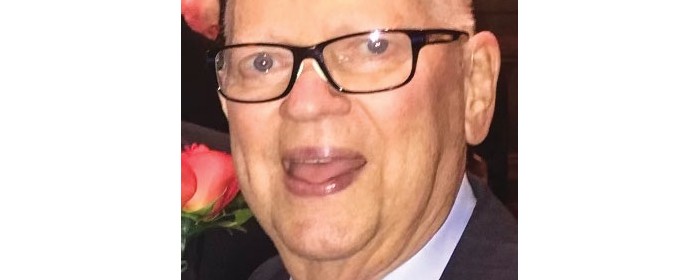Advertisement
Grab your lab coat. Let's get started
Welcome!
Welcome!
Create an account below to get 6 C&EN articles per month, receive newsletters and more - all free.
It seems this is your first time logging in online. Please enter the following information to continue.
As an ACS member you automatically get access to this site. All we need is few more details to create your reading experience.
Not you? Sign in with a different account.
Not you? Sign in with a different account.
ERROR 1
ERROR 1
ERROR 2
ERROR 2
ERROR 2
ERROR 2
ERROR 2
Password and Confirm password must match.
If you have an ACS member number, please enter it here so we can link this account to your membership. (optional)
ERROR 2
ACS values your privacy. By submitting your information, you are gaining access to C&EN and subscribing to our weekly newsletter. We use the information you provide to make your reading experience better, and we will never sell your data to third party members.
People
Nobel Prize In Chemistry
Japanese, two Americans tapped for green fluorescent protein
by Celia Henry Arnaud
October 8, 2008

The 2008 Nobel Prize in Chemistry honors three scientists for the discovery and development of green fluorescent protein (GFP). This protein and mutated versions of it have become powerful tools for tagging and observing other proteins in cells. Osamu Shimomura, Martin Chalfie, and Roger Y. Tsien will equally share the $1.4 million prize.

GFP has been "just as useful as the invention of the microscope," says Marc Zimmer, a chemistry professor at Connecticut College who has written a book about GFP. "It lets us see things we've never been able to see before."
Shimomura, 80, senior scientist emeritus at the Marine Biological Laboratory, in Woods Hole, Mass., was the first person to isolate GFP from the jellyfish Aequorea victoria. Shimomura, working in Frank H. Johnson's lab at Princeton University, identified aequorin as the active component of Aequorea bioluminescence. Aequorin, however, emits blue light, so he knew there must be another protein involved because the jellyfish's fluorescence is distinctly green. He and his coworkers searched for such a protein and found GFP, which fluoresces green when it absorbs the blue light emitted by aequorin.
Chalfie, 61, a professor of biological sciences at Columbia University, pioneered the use of GFP as a fluorescent label inside living organisms. He genetically manipulated GFP to create fusion proteins, in which GFP is linked to other proteins. These GFP-tagged proteins can be expressed in other organisms such as the roundworm Caenorhabditis elegans and the bacterium Escherichia coli. The proteins glow when they are expressed, making them easy to track in cells.
Tsien, 56, a professor of pharmacology at the University of California, San Diego, showed how the GFP chromophore assumes its shape. GFP forms an 11-stranded β-barrel. The three amino acids that constitute the chromophore are located in an α-helix that threads itself through the center of the barrel. The amide of a glycine on this helix reacts with the carbonyl of a nearby serine to form an imidazolinone. The chromophore becomes fluorescent only in the presence of oxygen, which causes a third amino acid to be dehydrogenated and conjugated to the imidazolinone.
Using this structural and mechanistic knowledge, Tsien genetically engineered GFP mutants that absorb and emit light in other spectral regions. He has created a veritable rainbow of fluorescent proteins that allow the simultaneous labeling of multiple proteins inside cells.
Tsien's early GFP work "was made possible by the DNA that we received as a generous gift from Douglas Prasher," Tsien said at a press conference. Prasher, who sequenced and cloned GFP, provided DNA to both Chalfie and Tsien.
"The impact of GFP has been enormous," says Jeremy M. Berg, director of the National Institute of General Medical Sciences at NIH. The protein has become an integral part of "the fabric of modern cell biology," he says.
"It's hard to open a biological journal these days without seeing some article where GFP was used in a clever way to reveal the inner workings of living cells," says George N. Phillips Jr., a biochemistry professor at the University of Wisconsin, Madison, whose team solved the crystal structure of GFP.
Bruce E. Bursten, president of the American Chemical Society, notes that the prize "showcases chemistry's critical but often invisible role in fostering advances in biology and medicine."
- Nobel Prize In Chemistry
- Japanese, two Americans tapped for green fluorescent protein.
- Nobel Prize In Physics
- Three honored for developing fundamental theory that explains why matter persists.
- Nobel Prize In Physiology Or Medicine
- Discoverers of HIV and cancer-causing human papillomaviruses get the nod.
- C&ENtral Science: The Chemistry Nobel … And A Rap To Celebrate It
- C&ENtral Science: The Chemistry Nobel … And A Video To Celebrate It








Join the conversation
Contact the reporter
Submit a Letter to the Editor for publication
Engage with us on Twitter